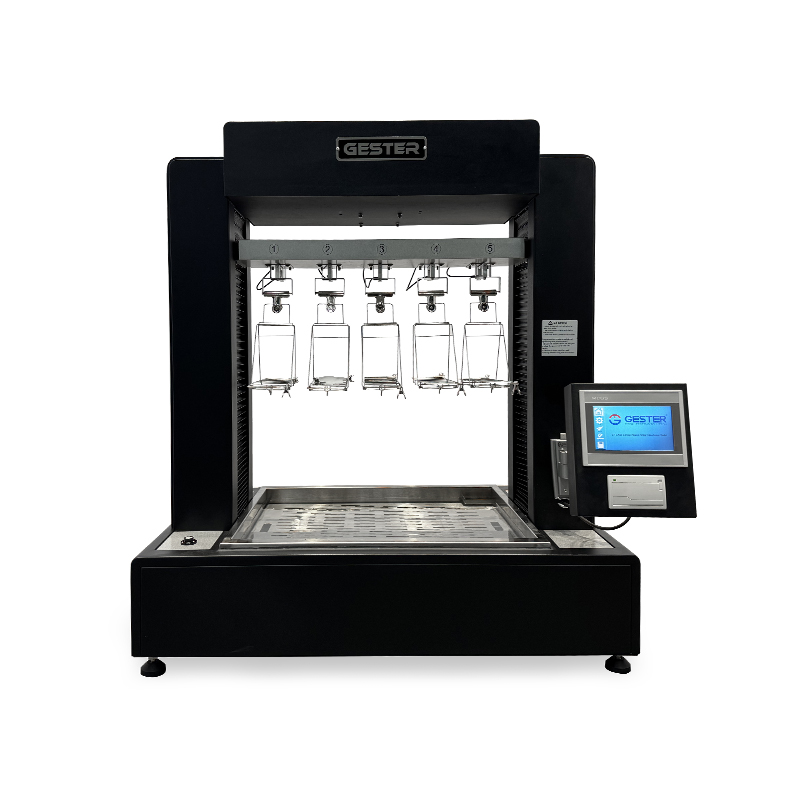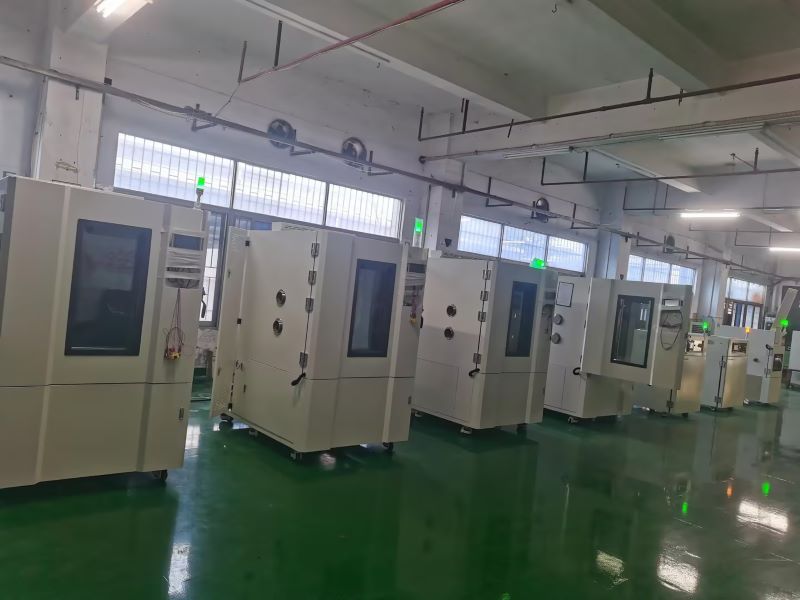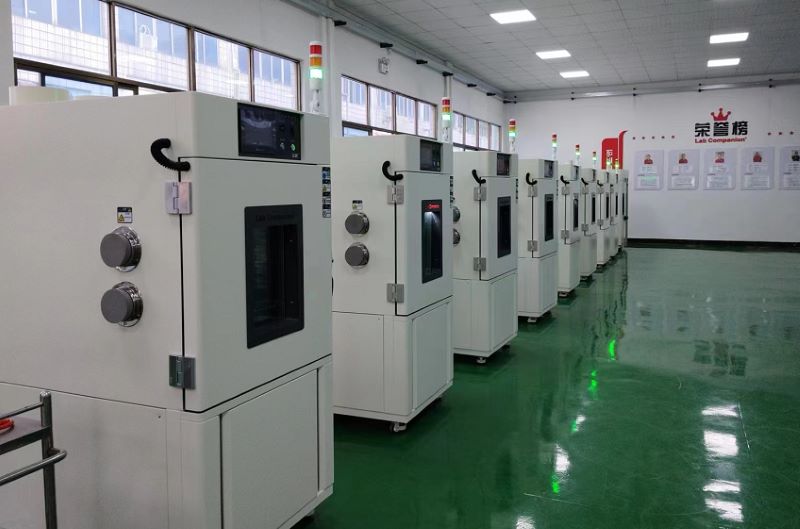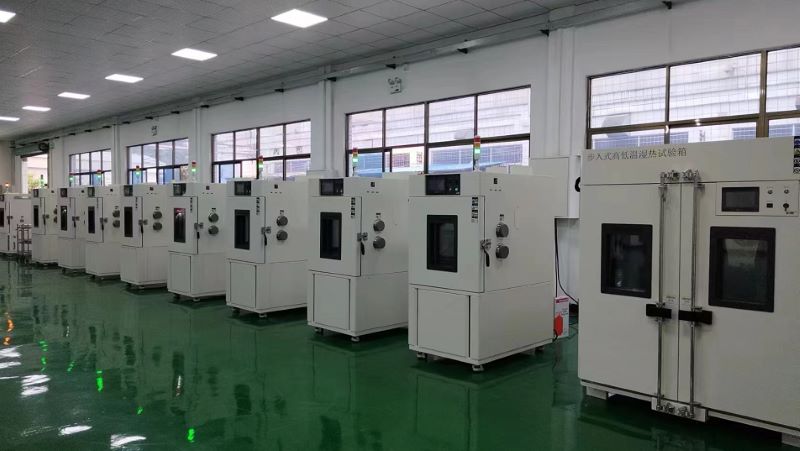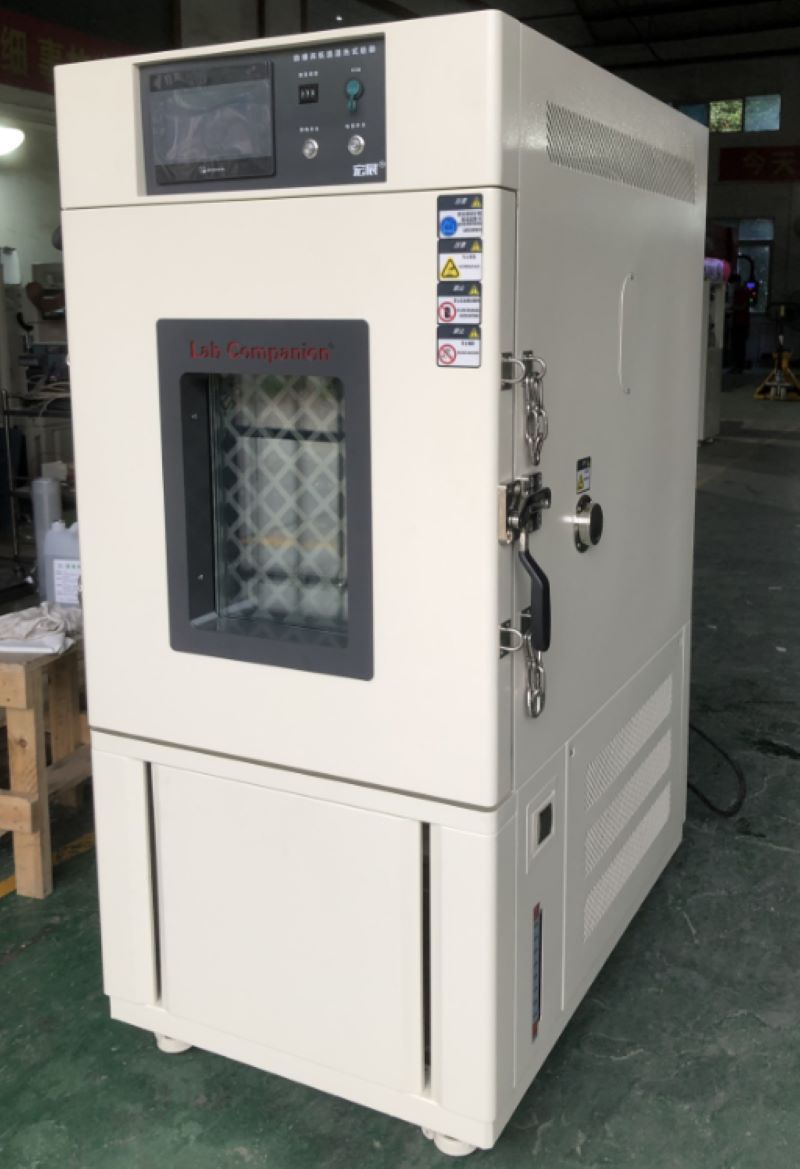Selecting the right loss in weight feeders is essential for maintaining accuracy and efficiency in your production process. With options like Twin Screw Loss-In-Weight Feeders and Single Screw Loss-In-Weight Feeders, it’s important to understand your material properties, feed rate, and production goals to choose the most suitable feeder for your needs.
When deciding on a loss in weight feeders, you need to assess several factors that influence its performance. These factors include the nature of the material, required throughput, the level of precision needed, available space, and budget constraints. Let’s explore these key considerations to help you make an informed decision.
Key Factors to Consider
Material Characteristics
Twin screw loss-in-weight feeders are ideal for challenging materials like powders, blends, or sticky substances, offering better flow uniformity.
Single screw loss-in-weight feeders work well with uniform materials such as pellets or granules that flow easily.
Feed Rate and Throughput
Twin screw feeders are better suited for high-throughput applications, handling large quantities of material efficiently.
Single screw feeders are more suitable for lower throughput or smaller operations.
Precision Needs
Twin screw feeders provide better precision for materials with inconsistent flow, offering superior control over the feed rate.
Single screw feeders are more cost-effective for materials that are uniform and flow consistently.
Space and Budget
Single screw feeders are compact, cost-effective, and easier to maintain, making them ideal for smaller spaces and budgets.
Twin screw feeders are larger and more expensive but offer higher performance and better material handling.
Maintenance Requirements
Single screw feeders are simpler and easier to maintain due to fewer moving parts.
Twin screw feeders require more maintenance but are built for higher performance in demanding applications.
Choosing the right loss in weight feeders depends on your specific application needs, material types, throughput, and available space. Evaluating these factors will help you select the most suitable feeder for your production process.


